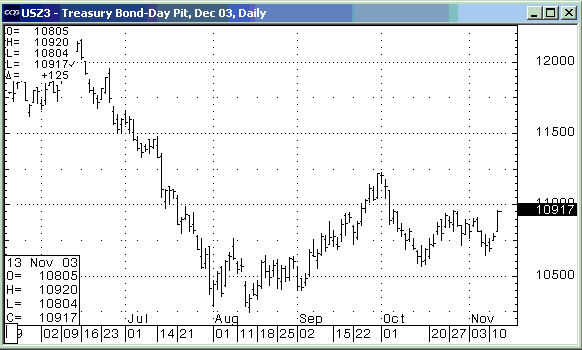I just ordered a Dell computer for a member of my family. I had tech questions. Dell’s phone system prevents prospective buyers from contacting tech support. I tried customer service but gave up because my call was shunted to, I think, India, with a bad phone connection and a rep who put me on hold for several minutes — until I was disconnected. Finally I got help from someone on Dell’s sales line. However, I wasn’t ready to purchase immediately, the salesman wasn’t going to be available the following day, and I prefer online ordering because it minimizes miscommunication.
Unfortunately, Dell’s online ordering system is confusing, I think intentionally so. It is set up to make apples-to-apples price comparisons impossible. I think that this is inexcusable for a company selling commodity products distinguished mainly on price.
You can see what I mean if you visit the Dell website and price various computer systems. Try it first via the “home and home office” link, then try to price an identical system under the “small business” category. You can’t do it, because each category has a different mix of options and different “sale” items. The sales rotate every week or two, and if you follow the pattern for a few cycles you see that every discount or freebie is offset by an overcharge (relative to market prices) for something else. This week you get more RAM and hard-drive capacity and “free” shipping, but you pay $100 over market for an LCD monitor, and get charged an additional $79 for a nonstandard warranty (unless you deselect it: this option is presented in an exceptionally misleading way). Or you get the RAM and HD and a “free” printer, but ground shipping costs $110 and you can’t buy the system without a monitor. The pattern is always one of rotating sales, different sale items in “home” and “business” categories, and different configuration options in each category. And a special deal on one option is always offset by an unavoidable upcharge elsewhere.
What makes Dell deceptive is its burying of the selective price increases. The customer has either to accept the deal without scrutinizing it much, and thereby pay through the nose for some component or service; or he can spend a lot of time comparing system configurations and waiting for the sale that most closely approximates his needs. In any case it’s clear that Dell’s real prices are higher than it wants customers to believe, and that Dell’s service is not what it once was.
I once favored Dell because they had what seemed to be the best mix of price, quality and service. I ordered from Dell this time because, at first, doing so seemed to be the easiest way to go, and later it didn’t seem worthwhile to restart the shopping process. Dell isn’t terrible, and I’m sure that the computer I ordered will be acceptable for the price.
But Dell no longer has a clear advantage over other PC marketers. And I am annoyed that Dell uses its online ordering system — which should make ordering a computer faster, easier and more transparent — to obscure its pricing. If buying a Dell means spending hours comparing apples to oranges and looking for hidden charges, I may as well shop elsewhere next time.
UPDATE: I should have credited my brother for making the initial suggestion that Dell’s behavior in making price comparisons difficult may be intentional.
UPDATE 2: The computer, which I ordered Sunday, was shipped Tuesday and arrived Thursday. It appears that in at least this respect Dell’s service has improved.
